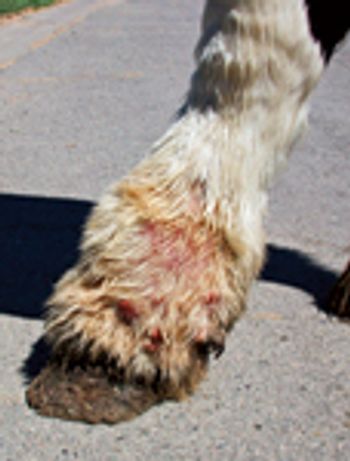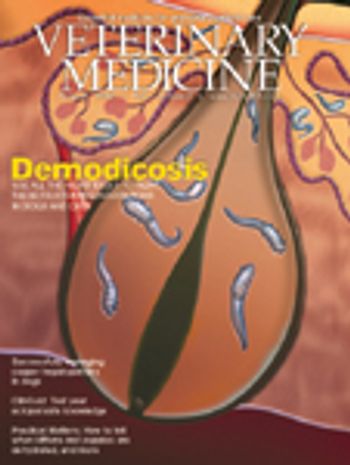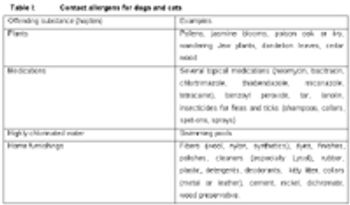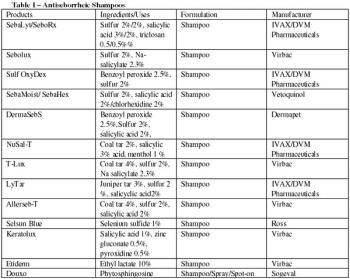
It's a painful, disfiguring disease that may strike horses as early as 2 years of age, then over time cause formation of large nodules that interfere with normal pastern movement, permanent skin ulceration and lameness, eventually leading to the animals' early demise.








